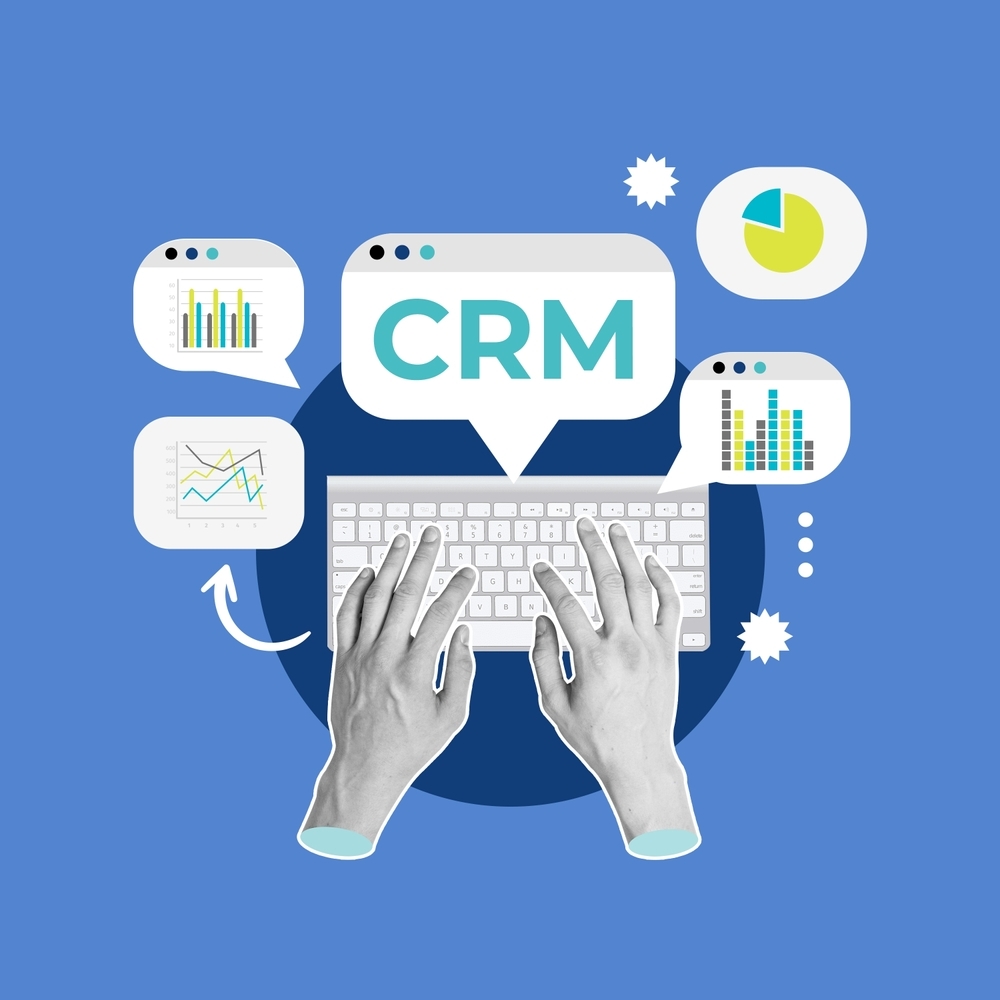What Is a CRM and Why It’s Essential for Professional Services Firms
In professional services, your reputation is only as strong as your relationships. Whether you're guiding a client through a tax strategy, managing...
2 min read
Christine Hollinden : Jan 17, 2018 11:51:20 AM

Native advertising refers to sponsored content placed in magazines, blogs, websites, newspapers, social media platforms, or other media. The content usually appears similar to editorial content other than the fact it promotes a service, firm, or product.
Native advertising is sometimes known as an "advertorial" which reflects that the content may appear to be a hybrid of an advertisement and an editorial. According to HubSpot, 58% of publications with an online presence run native advertising. The native advertising content can take the form of articles, blog posts, editorial essays, videos, memes, or any other medium.
Sometimes people confuse native advertising with content marketing. Both are effective, fast-growing content strategies and there are similarities. However, there are clear distinctions:
Content Marketing refers to creating useful, value-added content that connects with your ideal client. It is not overtly promotional and is designed to subtly establish your firm's reputation and thought leadership.
As part of a content marketing strategy, firms publish the content on their own channels as part of an inbound marketing campaign. For example, a tax accountant might post an article about often-overlooked business deductions for small business owners. The reader may have the option to join the firm's mailing list to receive a bonus checklist to remind the potential client of key takeaways from the article. This strategy works on three levels:
Native advertising is promotional content placed in a publication or online media outlet. Sometimes the advertiser creates the content and other times staff at the media outlet creates the content on the advertiser's behalf. Generally, the content fits in with the publication's other editorial content and would interest that publication's audience, but typically includes contact information or a "soft sell." For example, the tax accountant we mentioned might commission sponsored content in Forbes in the form of a guide to choosing an accountant. The guide would link to a strategically selected page on the firm's website.
Many consumers are advertising-weary. They use adblockers to block display ads, skip commercial videos, and scroll past obvious advertising. However, potential clients might actually pay attention to native advertising if implemented well. It usually fits the aesthetic and voice of their favorite publications and may engage them better than traditional advertising.
An opportunity to offer valuable or insightful content in the form of tutorials, in-depth editorials, guides, or explainer videos. Native advertising allows you to target specific micro-niches and demographics as you reach the channel's audience. Some sophisticated channels, like Facebook or Pinterest, allow you to reach people with specific interests. Native advertising often feels more organic and gives your potential clients the chance to see your service in the context of their lifestyle. For example, film and television product placement are common forms of native advertising. When viewers see their favorite character using a MacBook and iPhone it makes it easier for them to see how Apple products fit their own lifestyles. Native advertising for services may have a similar effect is an influencer in the field creates content featuring their use of the service.
Consider small and large channels that reach your ideal client. Sometimes micro-influencers and small publications best reach targeted
The Hollinden Point of View brings you monthly insights tailored to helping you grow your firm.

In professional services, your reputation is only as strong as your relationships. Whether you're guiding a client through a tax strategy, managing...

Imagine this: Your managing partner walks into a Monday meeting, pulls up a dashboard, and sees, at a glance, which clients are hot, which deals are...
A highly successful inbound marketing program requires the right blend of technology and strategy.